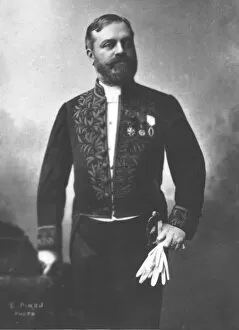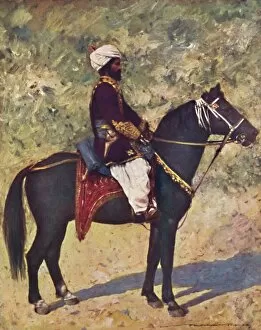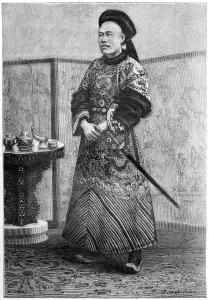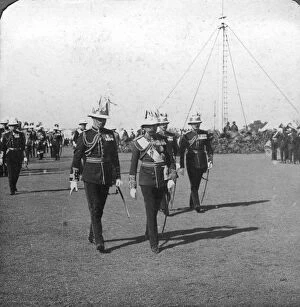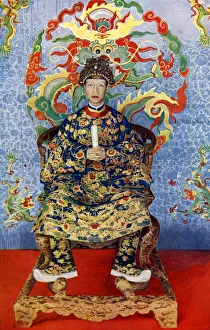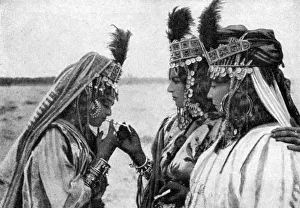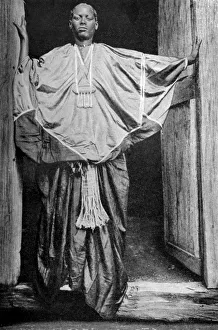Ceremonial Dress Collection (page 7)
"Ceremonial Dress: A Glimpse into the Rich Tapestry of Tradition" Step back in time and explore the captivating world of ceremonial dress
All Professionally Made to Order for Quick Shipping
"Ceremonial Dress: A Glimpse into the Rich Tapestry of Tradition" Step back in time and explore the captivating world of ceremonial dress. From the resplendent attire worn by Her Majesty Queen Elizabeth II during her coronation in 1953 to the regal robes of the Royal Victorian Order, these garments hold a significant place in history. Traveling further back, we encounter two Sikh Princes of the Punjab captured in a mesmerizing black and white photograph from July 20th, 1918. Their traditional attire reflects their cultural heritage and showcases their noble lineage. Delving even deeper into history, we come across Prince Edward of Wales, who would later ascend to become King Edward VII. In an enchanting portrait from 1890 by W&D Downey, he dons an exquisite ceremonial dress that exudes elegance and grandeur. Not limited to royalty alone, ceremonial dress extends its influence across various cultures and eras. An Alderman of the City of London proudly displays his civic costume from 1805 while Native American warriors gather together adorned with war paint and symbolic garments on paper. The Laughing Cavalier immortalized by Frans Hals in 1624 captures a dashing figure dressed impeccably for courtly affairs. Similarly, Jan Hus before the Council of Constance in Vaclav Brozik's painting transports us to a pivotal moment in history when religious beliefs clashed amidst ornate vestments. Moving away from Europe's shores, we witness Truro's Beating the Bounds ceremony taking place on October 4th, 1912—a tradition steeped in community spirit as locals parade through their town wearing distinctive ceremonial garb. Venturing eastward towards Lo Manthang reveals local monks enveloped in vibrant ceremonial dress while playing Tibetan horns during a joyous festival—an awe-inspiring sight that celebrates spiritual devotion fused with cultural heritage.





